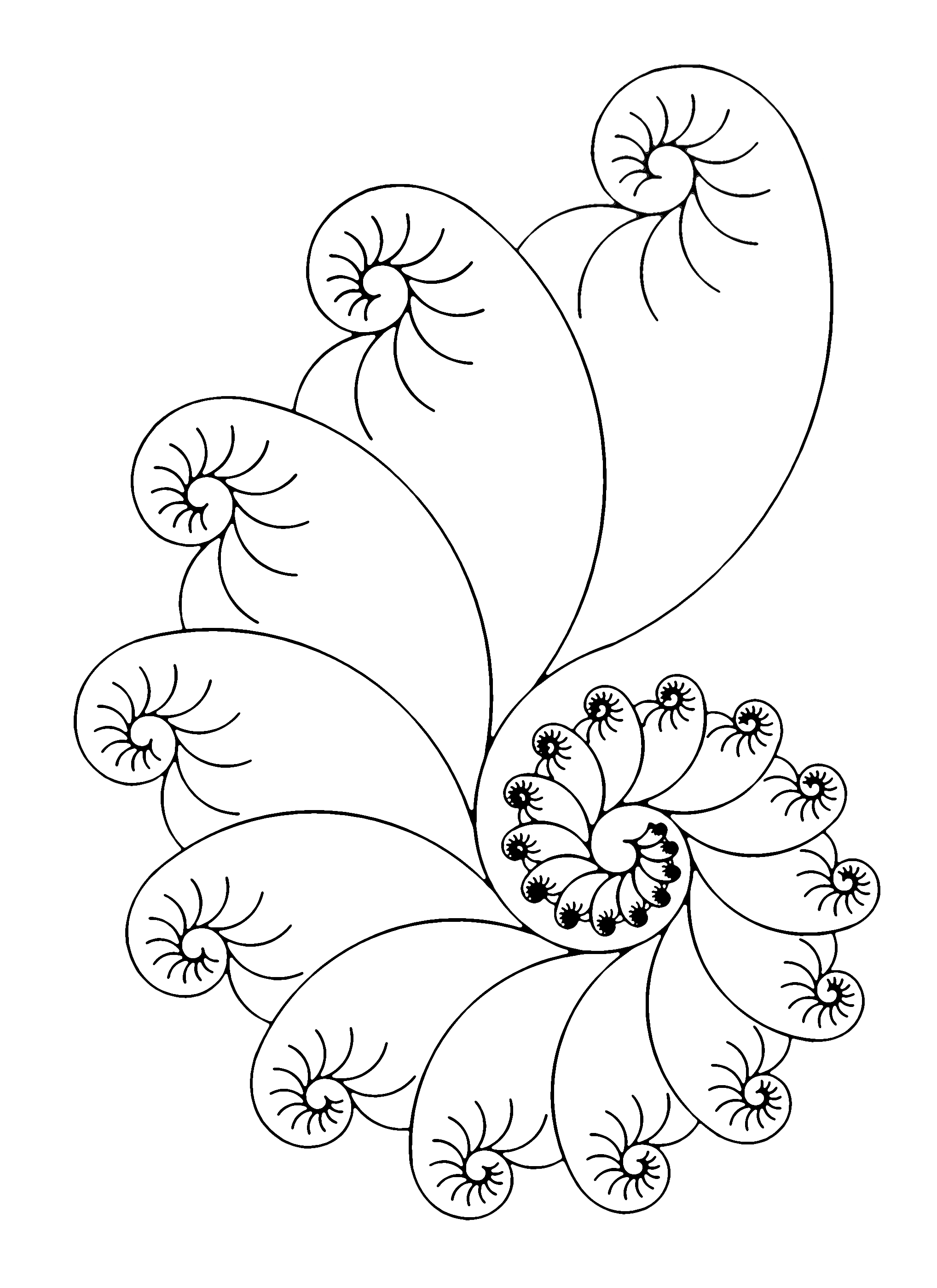The Puzzling Quirks of Regular Expressions
- Acknowledgments
- Rights of (Wo)Man
- Credits
- Preface
- Quantifiers and Special Sub-Patterns
- Pitfalls and Sand in the Gears
- Creating Functions using Regexen
- Easy, Difficult, and Impossible Tasks

The Puzzling Quirks of Regular Expressions

Support the author!
Lulu Editions
Paypal Donation
Other Publications
As the last puzzle showed, there are Unicode characters for domino tiles. In the last puzzle, we played a game of evaluating whether a particular sequence of “tiles”—represented by ASCII sequences—was winning plays. However, in that last puzzle, we took a shortcut by taking advantage of the internal structure of the ASCII representation.
It is not too hard to match domino tiles as their Unicode characters. For example, this pattern matches any linear sequence of (horizontal) tiles:
pat = (r'[\N{Domino Tile Horizontal-00-00}-'
'\N{Domino Tile Horizontal-06-06}]+)'Most of those sequences will not be winning plays, of course. Recall the examples of winning and losing plays from the prior lesson:
Winning:

Losing:

For this game we will simplify in two ways. First, rather than use hard-to-enter and hard-to-see tile icons, we will use ASCII characters. In fact, if we only want the tiles with numbers from 1-6 on their ends, that gives us exactly 36 of them. Conveniently, that happens to be the same number of symbols as there are numerals plus capital letters (in English).
However, this puzzle is simplified further by only utilizing four of the 36 possible tiles. Each of those is given the following ASCII representation. The letters are not mnemonic, but at least they are easy to type.
| Codepoint | Name | Substitute |
|---|---|---|
| U+1F03B | Domino Tile Horizontal-01-03 | A |
| U+1F049 | Domino Tile Horizontal-03-03 | B |
| U+1F04C | Domino Tile Horizontal-03-06 | C |
| U+1F05C | Domino Tile Horizontal-06-01 | D |
Repeating our winning and losing examples with this encoding:
win = 'ABCDABB'
lose = 'ABDABCB'Plays may be of any length, and you have infinitely many of each of the four tile types to use. Write a regular expression that distinguishes every winning play from a losing play. Note that any character outside the tile symbol set is trivially losing.
Before you turn the page…
Thoughts about digrams are always pleasant thoughts.
It probably comes as no surprise to you that a larger tile set would require a larger regular expression to match winning plays. But the principle would remain the same if you used more tiles, up to all of them.
The basic idea here is that you want each tile to be followed by a tile from some subset of other tiles. Namely, those that begin with the same number of dots that the current tile ends with.
Of course, a given tile might be the end of a play, so you have to include that option in your lookahead pattern. You also definitely want a match to begin at the start of the play and end at the end of the play, so be sure to include the match patterns ^ and $ to indicate that.
>>> win = 'ABCDABB'
>>> lose = 'ABDABCB'
>>> pat = r'^(A(?=$|[BC])|B(?=$|[BC])|C(?=$|D)|D(?=$|A))+$'
>>> re.search(pat, win)
<re.Match object; span=(0, 7), match='ABCDABB'>
>>> re.search(pat, lose) or "No Match"
'No Match'